- July 12, 2024
Tiger Cat: Facts, History & Origin (With Pictures)
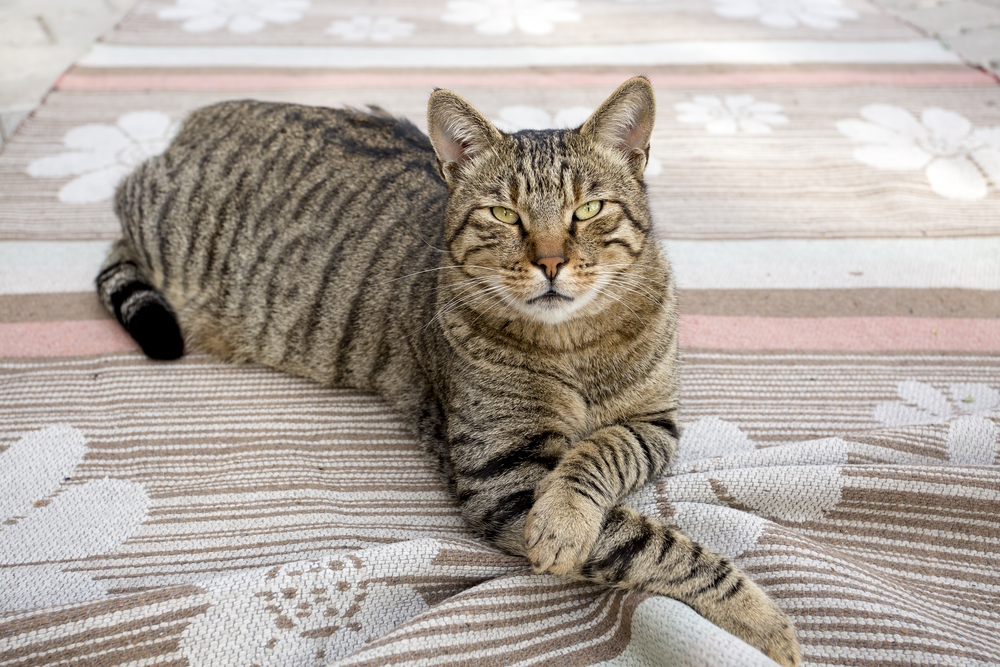
Tiger cats, also known as tabby cats, are one of the most recognizable kitties in the feline world. However, they’re also very misunderstood. Contrary to popular belief, tabbies aren’t a cat breed at all but rather a pattern variation. Read on to learn more about cats with this amazing coat pattern.
Breed Overview
Colors:
Brown, gray, orange, black, silver, red, etc.
Suitable for:
Families with or without children, seniors, folks living in apartments
Temperament:
Varies depending on breed
Tiger cats come in many different colors and patterns. Though most people know them by the distinct M-shaped marking on their foreheads, there are actually several other pattern styles commonly seen in cats with tabby coats.
Tiger Cat Breed Characteristics
Energy
+
A high-energy cat needs a lot of physical and mental stimulation to keep healthy and happy, while a low-energy cat needs minimal physical activity, but still needs mental stimulation. When choosing a cat, It’s important to ensure their energy levels match your lifestyle.
Trainability
+
Cats that are easy-to-train are more willing and skilled at quickly learning prompts and actions with minimal training. Harder-to-train cats are usually more stubborn or aloof and require a bit more patience and practice.
Health
+
Certain cat breeds are more prone to various genetic health problems, and some more than others. This doesn’t mean that every cat in those breeds will have these issues, but they do have an increased risk, so it’s important to understand and prepare for any additional needs they may require.
Lifespan
+
Due to their size or potential genetic health issues of a specific breed, some cats have shorter lifespans than others. Proper nutrition, exercise, mental stimulation, and hygiene also play an important role in your cat’s lifespan and quality of life.
Sociability
+
Some cat breeds are more social than others, both towards humans and other cats and animals. Cats that are more social have a tendency to rub up on strangers for scratches or jump on laps for cuddles, while cats that are less social shy away, hide, are more cautious, and even potentially aggressive. No matter the breed or gender, it’s important to socialize your cat and expose them to many different situations.

The Earliest Records of Tiger Cats in History
The tiger cat pattern dates back to domestic cats in the Middle Ages.
The genetic mutation responsible for producing the blotched tabby pattern emerged during the Ottoman Empire. This empire, also known as the Turkish Empire, spanned most of Southeast Europe, West Asia, and North Africa between the 14th and early 20th centuries. The tiger cat pattern, which is seen in nearly 80% of modern-day cats, slowly became more common throughout Southwest Asia, Africa, and Europe. However, the tabby pattern didn’t become commonplace until around the 18th century.
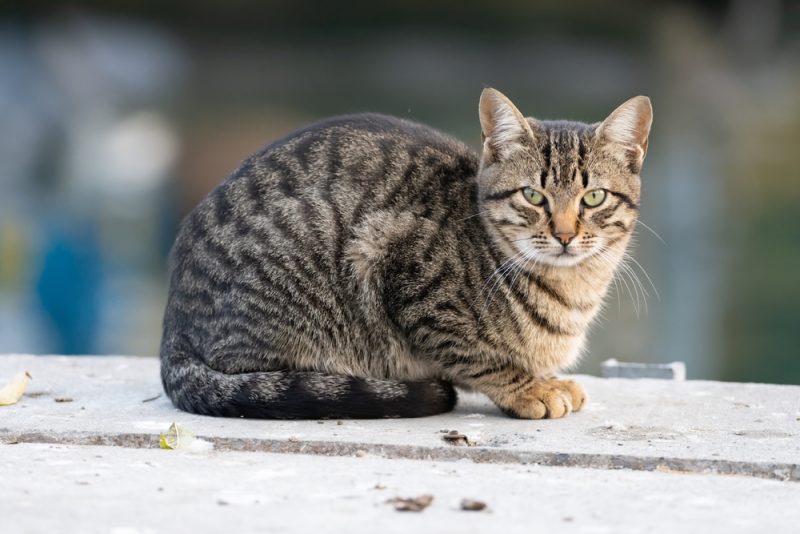
How Tiger Cats Gained Popularity
In ancient Egypt, cats were held in very high esteem. These early tiger cats are likely ancestors of the modern tabbies we adore today and were loved and celebrated for their excellent hunting skills. They kept granaries, ships, and households free from disease-carrying vermin.
As mentioned, the tabby cat pattern didn’t become commonplace worldwide until the 18th century. Towards the end of the 19th century, more North Americans began to keep cats not only for their utility (rat hunting) but also for their company. By the end of World War I, cats had rightfully earned their place as household pets in the U.S. and Canada.
Formal Recognition of Tiger Cats
Since tiger cats are not a separate breed but instead a pattern seen in many different cat breeds, there’s no formal recognition available for it. However, many cat breed standards set by The International Cat Association (TICA) and Cat Fanciers Association (CFA) do contain “tabby” as a pattern.
For example, the TICA standard for Bengals includes brown tabby, silver tabby, seal sepia tabby, and seal mink tabby. The CFA breed standard for Maine Coons includes many tabby colors and patterns, including (but not limited to) classic, mackerel, and ticked tabby patterns and brown, silver, red, and blue-silver colors.
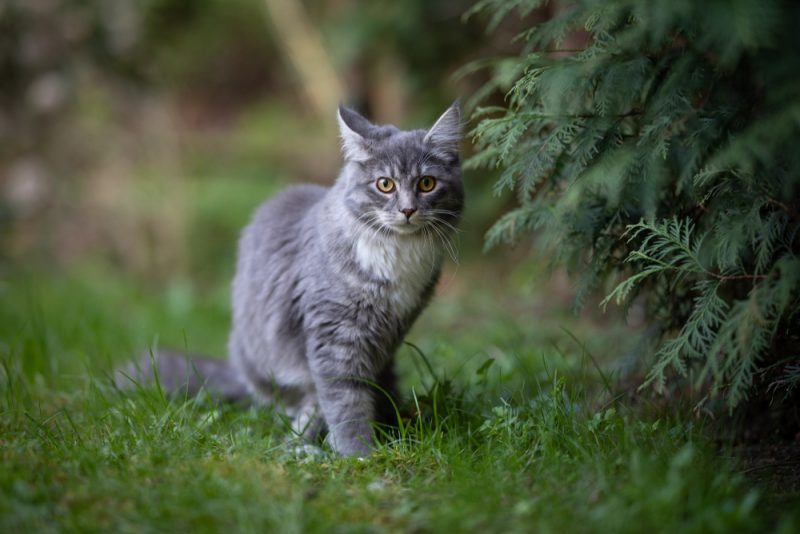

Top 3 Unique Facts About Tiger Cats
1. There are many distinct tiger cat patterns.
When most people think about tabby cats, they think of the distinct “M” marking on the forehead. While this is absolutely one of the tabby patterns, there are actually several others.
- Classic tabby: The coat consists of whorls that create a target-like shape on the cat’s side.
- Mackerel tabby: The coat has rings around the tails and legs and bands of stripes (solid or broken) around the rest of the body.
- Spotted tabby: In lieu of stripes, this pattern consists of bands of spots varying in size.
- Ticked tabby: The coat consists of even fields of agouti hairs (each individual hair has two or more bands of pigmentation) that break up the pattern into a salt-and-pepper-like appearance.
- Patched tabby: The coat consists of patches of different colored markings (e.g., calico or tortoiseshell) with patches of the traditional tabby coat.
2. The word “tabby” has a fascinating history.
The “tabby” pattern title is believed to have originated in the “Attabiy” district of Baghdad, where fine silk and striped cloths were produced. Over time, the Middle French term “tabis,” became “tabis,” before giving rise to our modern English word, “tabby.”
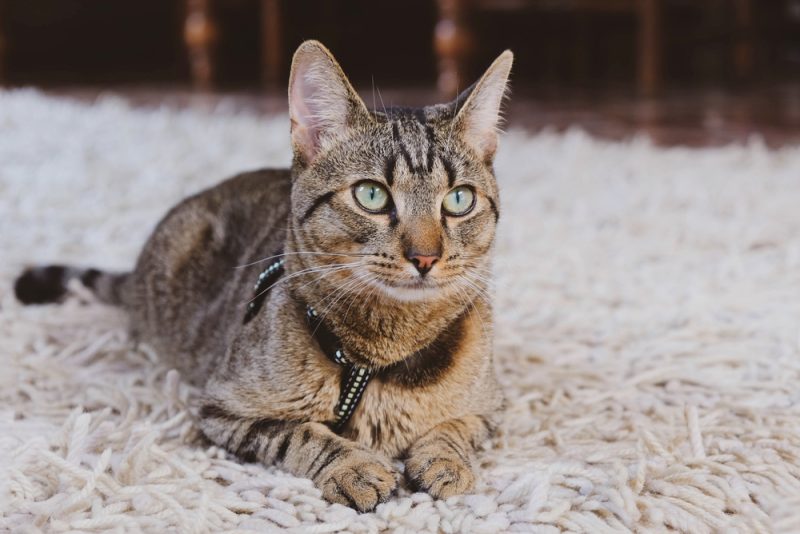
3. People believed the distinct “M” marking had a meaning.
There are many stories as to how and why tiger cats developed their trademark “M” on their foreheads.
Some believe the “M” stands for “Mau”, the Egyptian word for “cat.”
According to Christian folklore, after Jesus’s birth, a tabby cat showed up to comfort and keep him warm. Mary, ever-grateful for the cat’s presence, stroked the cat’s head, leaving the “M” mark on the forehead.
An Islamic legend suggests that a tabby named Muezza saved his master, Prophet Mohammed, from a snake. To express his gratitude toward the cat, Mohammed gifted them the ability to land on their feet. When Mohammed petted the kitty to thank him for saving his life, the “M” marking appeared and remained.

Do Tiger Cats Make a Good Pet?
Tabbies absolutely can make fantastic pets simply because they’re cats, and we believe all cats can be good pets. It’s important to remember that tiger cats aren’t a specific breed, but instead, a pattern that naturally occurs in many different cat breeds, so we can’t say for sure what you should expect personality-wise as we don’t know your kitty’s DNA. For example, a Siamese tabby can have an entirely different personality than a Maine Coon with tabby patterning.
To get a better idea of what your cat’s personality will be like, try searching their breed (not their patterning) using the search function on our site. We have hundreds of blogs about countless different cat breeds, which should shed some light on what to expect personality-wise and the care requirements necessary for your pet’s specific breed.
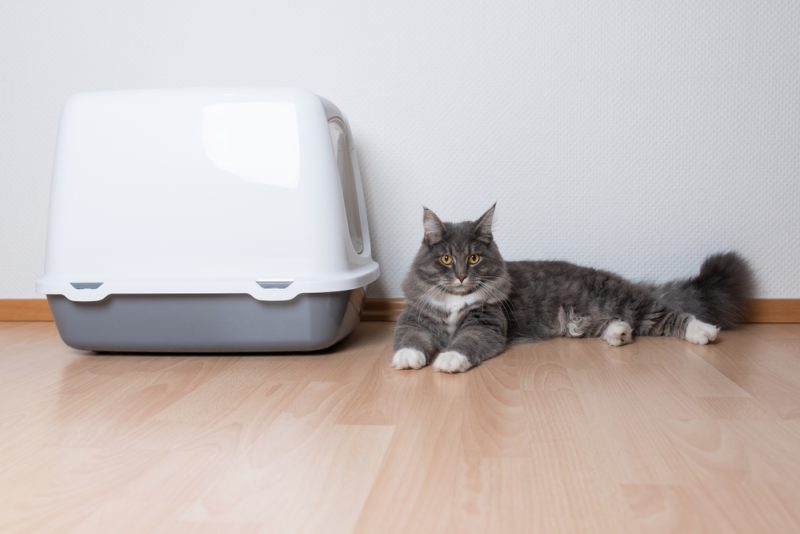

Conclusion
Tiger cats aren’t a separate breed but a coat pattern commonly seen in several cat breeds. While the tabby pattern is available in many different colors and five distinct styles, there’s certainly no denying how beautiful this patterning can be.
Featured Image Credit: Esin Deniz, Shutterstock
Tags
What do you think?
Related Articles

New Puppy Checklist: Gear You’ll Need for Your New Dog
Getting a new puppy is really exciting, but before you welcome them home, it’s important to prepare your space for them. Since puppies need a
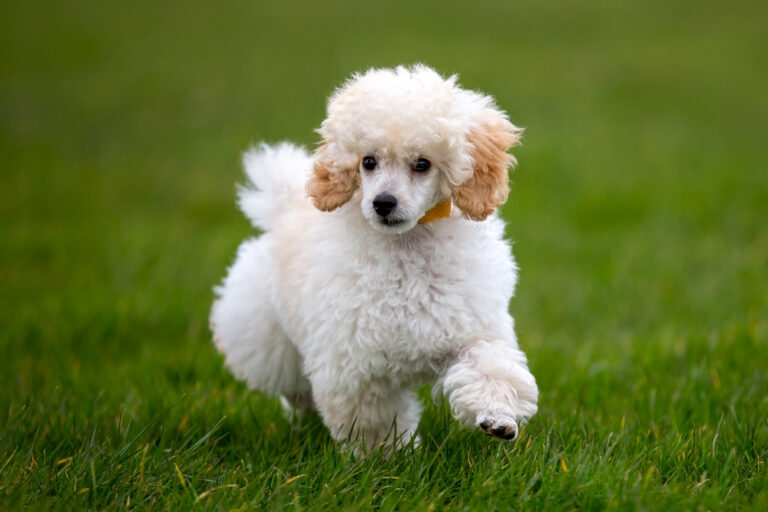
How Big Do Mini Poodles Get? Vet Reviewed Average Weight & Growth Chart – Dogster
The information is current and up-to-date in accordance with the latest veterinarian research. Learn more » When you buy a Miniature Poodle, you might not

Can Police Dogs Smell Nicotine? Vet Verified Facts & Info – Dogster
The information is current and up-to-date in accordance with the latest veterinarian research. Learn more » While cigarette sales have been declining steadily for decades,

How Old Is 5 in Dog Years? Vet-Approved Guide to Each Size of Dog – Dogster
The information is current and up-to-date in accordance with the latest veterinarian research. Learn more » A common method for calculating a dog’s age is

